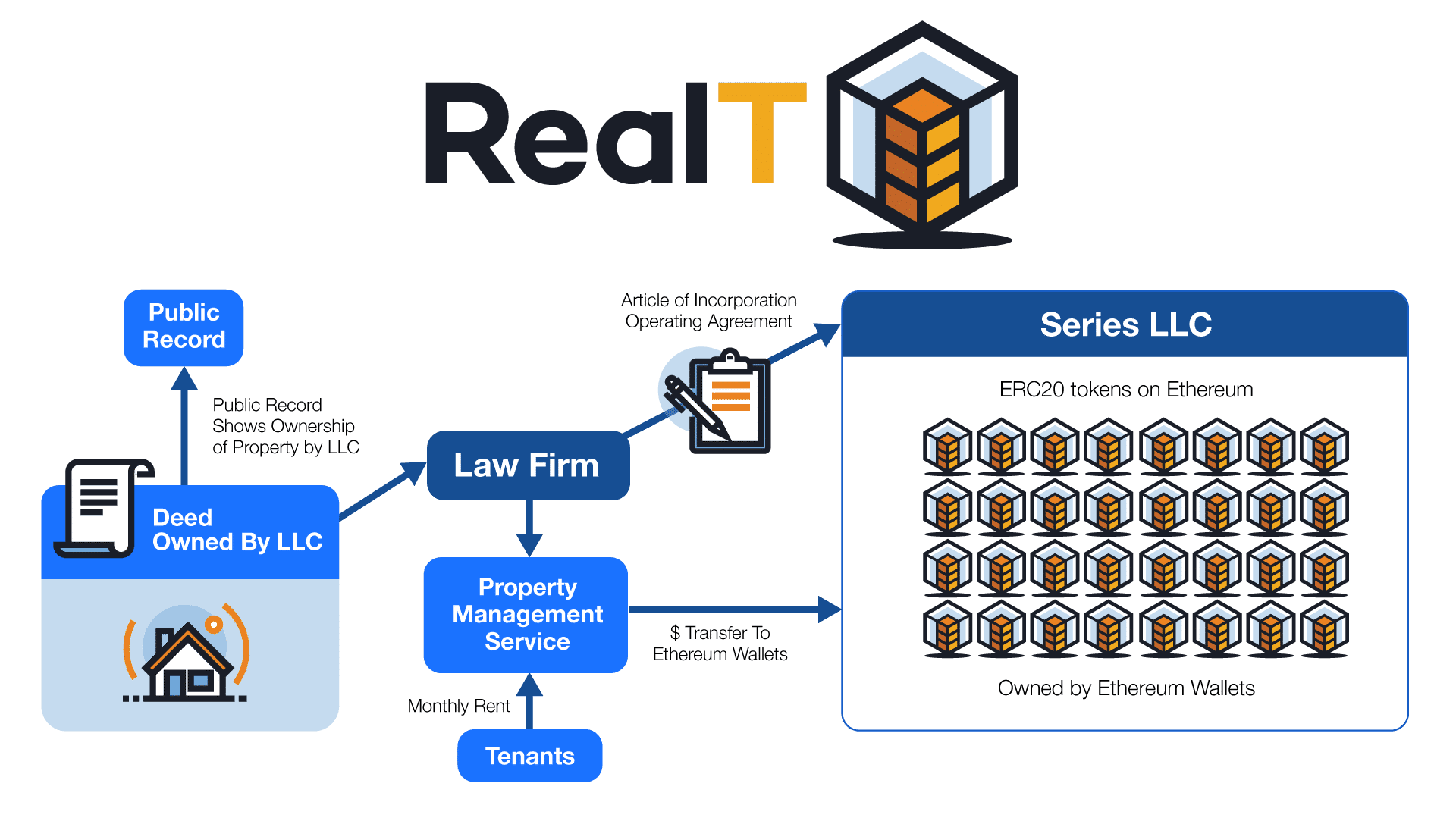Understanding Merkle Trees in Blockchain: Enhancing Data Integrity
Blockchain technology has revolutionized the way we handle data, introducing new concepts that contribute to security and transparency. One such fundamental element is the Merkle tree, a data structure that plays a pivotal role in ensuring the integrity of information within a blockchain.
The Basics of Merkle Trees:
Merkle trees, named after computer scientist Ralph Merkle, are hierarchical structures that organize data in a way that facilitates efficient and secure verification. In the context of blockchain, Merkle trees are used to ensure the consistency and integrity of transactional data within a block.
How Merkle Trees Work:
The structure of a Merkle tree involves the repeated hashing of paired data until a single hash, known as the Merkle root, is obtained. Each leaf node of the tree represents an individual piece of data, such as a transaction in a blockchain. The hash of each leaf node combines with its paired leaf node, and this process continues until the topmost node, the Merkle root, is reached.
Ensuring Data Integrity:
The Merkle root is a crucial component for ensuring the integrity of data within a block. Any alteration to a single piece of data in the Merkle tree will result in a completely different Merkle root. This property enables quick and efficient verification of the entire dataset by comparing only the Merkle roots, providing a robust mechanism for detecting any discrepancies or tampering.
Merkle Trees in Blockchain Transactions:
In the context of blockchain transactions, Merkle trees are utilized to create a succinct representation of the data within a block. The Merkle root is included in the block header, making it an integral part of the block’s identity. This ensures that any change in the underlying data will be immediately evident by a change in the Merkle root, alerting the network to potential issues.
Enhancing Security through Merkle Trees:
The implementation of Merkle trees significantly enhances the security of blockchain networks. By providing a tamper-evident structure, Merkle trees make it extremely challenging for malicious actors to alter transactional data within a block without detection. This feature is particularly crucial in maintaining the trust and integrity of decentralized systems.
The Role of Merkle Trees in Consensus Mechanisms:
Merkle trees also play a vital role in the consensus mechanisms of blockchain networks. When nodes in the network reach consensus on the validity of transactions, they are essentially agreeing on the Merkle root. This agreement is a key step in confirming the integrity of the entire block and, consequently, the transactions it contains.
In the dynamic landscape of blockchain technology, staying informed about key concepts like Merkle trees is essential. If you’re looking to delve deeper into Merkle trees and their role in blockchain, Merkle trees Blockchain is an invaluable resource providing insights, guides, and resources for blockchain enthusiasts and professionals alike.
Conclusion:
Merkle trees stand as a foundational element in the world of blockchain, contributing significantly to the security and integrity of data within decentralized systems. As blockchain technology continues to evolve, the role of Merkle trees remains paramount, ensuring that the data stored within blocks is not only secure but also verifiable, fostering trust in the decentralized landscape.






































